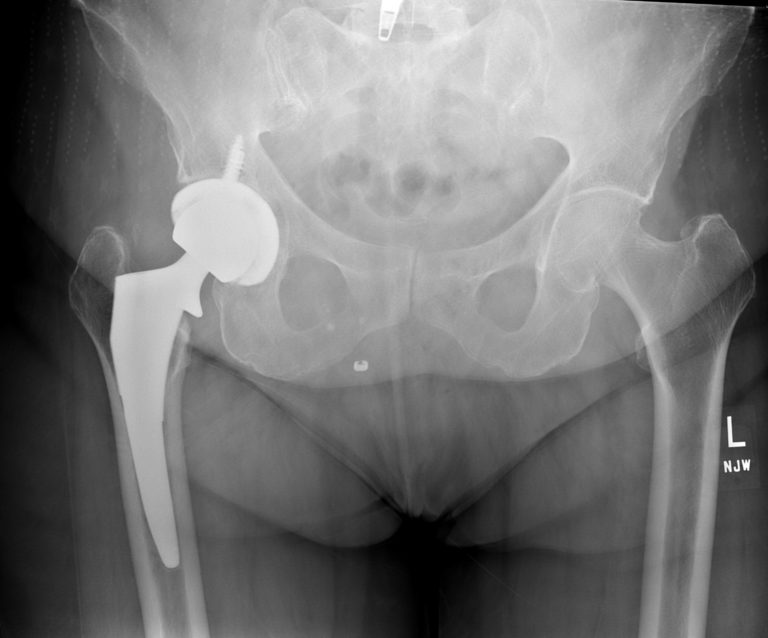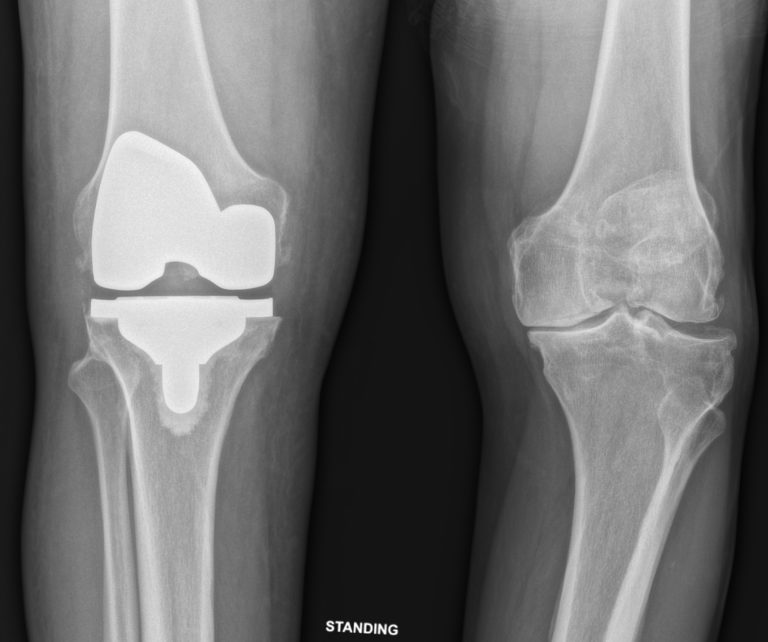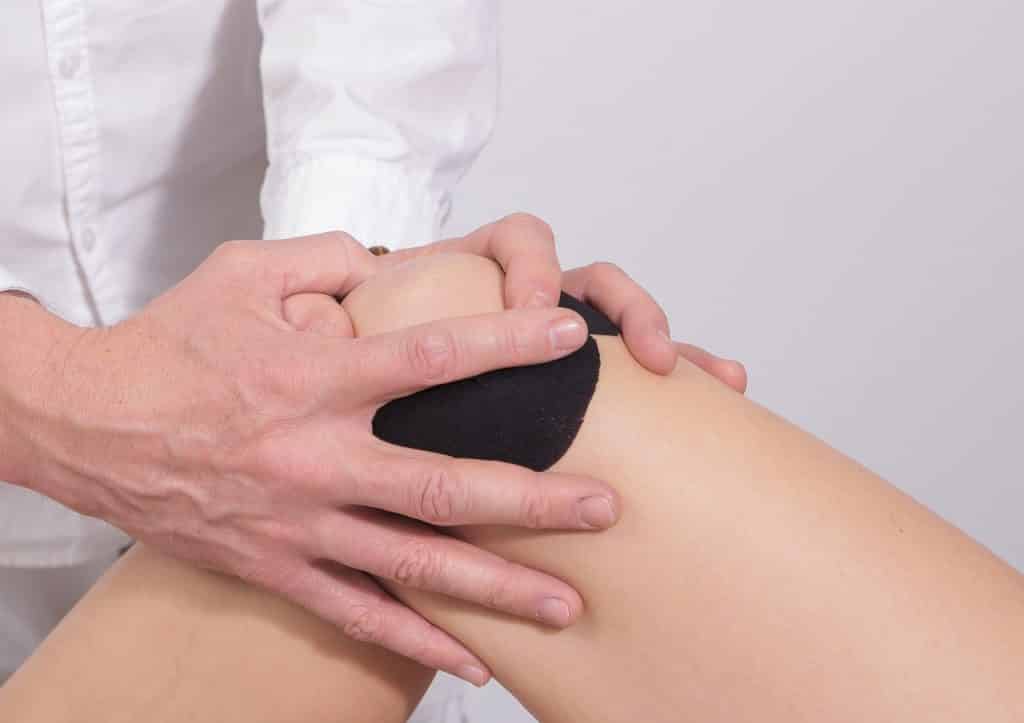Procedures
Hip Replacement
A hip replacement is performed when the cartilage of the hip joint has been completely worn away and there is bone on bone arthritis. A hip replacement will replace the ball and socket joint of your hip with an implant that is made of metal, ceramic, and plastic. In most patients, Dr. Maher performs the direct anterior approach using a bikini line incision just below the groin crease. This incision is more cosmetic and heals with less scarring than the traditional vertical anterior incision because it is in line with the natural skin creases of your body. Most hip replacement patients are able to go home the same day or next morning after surgery.


Knee Replacement
A knee replacement is performed when the cartilage in part or all of your knee has been completely worn away and there is bone on bone arthritis. Most patients need a full knee replacement (TKA), but in patients with only limited areas of a damage a partial knee replacement (UKA) is an excellent treatment option. In both cases, the damaged bone is removed, and a metal cap is placed on both the femur and tibia, and a piece of surgical grade plastic is inserted. Dr. Maher performs knee replacements with the assistance of the MAKO robotic system, which allows for more accurate implant sizing and positioning during surgery. Most knee replacement patients are able to go home the same day or next morning after surgery.
Knee Arthroscopy
Knee arthroscopy is performed for patients with ligament, cartilage, or meniscus damage; who are not yet candidates for knee replacement surgery. Using two small incisions, a camera and tools are inserted into the knee and the damaged tissue can be repaired or removed from the knee. Knee arthroscopy is performed as an outpatient surgery, and the recovery can vary depending on the severity of the injury and exact procedure performed.

